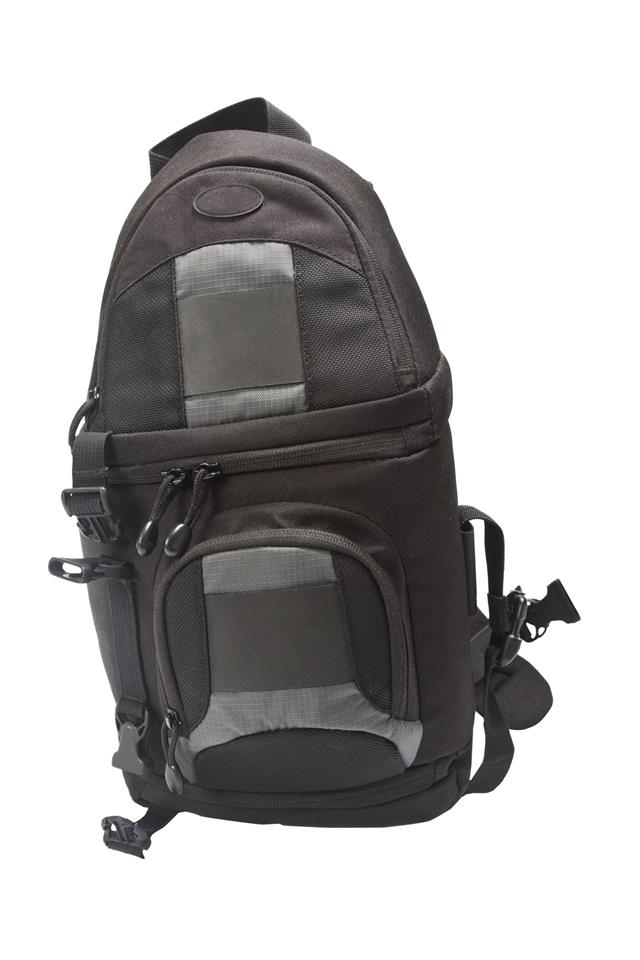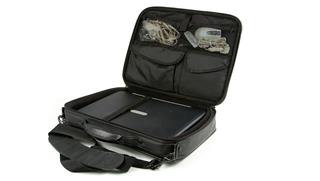
Not everyone is aware of all the rules and regulations of flying. Now talking about luggage, if you have ever found yourself asking questions such as ‘what does 62 linear inches’ or ’45 linear inches mean’, then you have come to the right place. In this Vacayholics article, we take a look at the restrictions on the luggage size on airplanes, and show you how to measure your luggage to make sure that it is ‘flight-suitable’.
Tip
Along with size, airlines also have restrictions on the weight of the luggage that you are allowed to carry. Therefore, once your packing is done, be sure to weigh your luggage using a luggage scale before you leave for the airport.
Traveling by public airlines requires you to strictly adhere to their rules and restrictions. This includes the restrictions that they have imposed on the size and weight of the luggage that you can carry on-board a flight. Not knowing or not following this will leave you paying extra ‘checked’ baggage fees, ‘over-sized’ baggage fees, not to mention having to face some embarrassment.
So, in the following lines, we will take a look at the rules regarding airline luggage size restrictions. After that, we will tell you how to measure your luggage, so that you know whether or not it fits within these rules.
For imposing restrictions, first, the luggage needs to be classified into different types. According to the rules that have been laid out, every passenger’s luggage is basically categorized into two types: carry-on luggage and checked luggage.
1) Carry-on Luggage: This is the luggage that you want to and are allowed to carry along with you inside the airplane. It may be a handbag, briefcase, garment bag, laptop bag, small backpack, or a shoulder bag. Carry-on luggage is usually stowed away on the overhead storage space above the seats.
2) Checked Luggage: This is the luggage which has been deemed to be too big to be taken inside the plane with you, and is therefore required to be ‘checked-in’. What this means is that, this type of luggage is attached with the owner’s name tag and is taken away to the airplane’s cargo storage space, which is a large storage space beneath the passenger cabin of an airplane. Once a piece of baggage is checked-in, it can only be got back once the airplane reaches its destination.
The Federal Aviation Administration (FAA) requires that both, the size as well as the weight of your baggage be within its predefined acceptable range. If your luggage meets these requirements, then you are not required to pay extra for it.
For the different baggage types, different rules apply. There is also a slight variation in the rules of domestic flights and those of international ones.
The 45 Linear Inches Rule: This rule is applicable for carry-on luggage. It states that carry-on luggage cannot be larger than 45 linear inches in size, nor more than 50 lb in weight.
The 62 Linear Inches Rule: This rule is for the luggage that you check-in, that is, the one that goes into the airplane’s cargo section. It states that the luggage can only be a total of 62 linear inches in size, and a maximum of 50 lb in weight.
These are the general rules found in most domestic airlines. However, it is advisable to check with your particular airline for their specific set of rules.
When we travel, most of us tend to carry our entire world along with us. We try to pack up all the things we feel that we just can’t do without, and very soon, our travel bags become too small to hold them. So, we go and get bigger and bigger ones, till we are satisfied. Now imagine what would happen if everyone was allowed to do this!
There is a limited amount of space available on an airplane, and so it is very important that it is utilized judiciously. Thus, in the interest of practicality and fairness, airlines have imposed limitations on all passengers as to the size of luggage that each can carry.
For calculating the size of your luggage, you will first have to learn how to measure in inches/centimeters. Follow the steps highlighted, below to get these measurements.
Step 1: Get a hold of a measuring tape, preferably one that measures both in inches and centimeters.
Step 2: Retract your bag’s handle, and if possible, recess its wheels. Also consider rearranging the items within it to minimize its bulge. The basic idea behind doing all of this is to make it as compact as possible. However, avoid going overboard with it. Remember to leave a small amount of clearance space.
Step 3: Using the measuring tape, individually measure and note down the length, width, and height of your bag in inches and centimeters. Do remember to include the handle, wheels, as well as the expansion of the bag. It is important that you consider only the maximum values, that is, its maximum height, length, and width. The following image should give you a clearer idea of how you should go about this task.

After you have noted down the measurements, the last step is to simply add these values. Their sum is the size of your luggage in linear inches or centimeters. Now use this formula to calculate your luggage size.
Alternatively, you can directly enter the measurements of your luggage in this calculator to find its value in linear inches or centimeters.
0 Inches
This is how to measure in linear inches/centimeters. Now you can calculate your luggage size, both in linear inches or centimeters. Compare the values that you get with those specified by your chosen airline. Typically, the carry-on luggage measurement should be under 45 linear inches, while the checked luggage should be less than 62 linear inches. In case your luggage falls within these specifications, then you can take it along for free. However, if it exceeds these sizes, be prepared to pay an extra fee for having it transported along.











